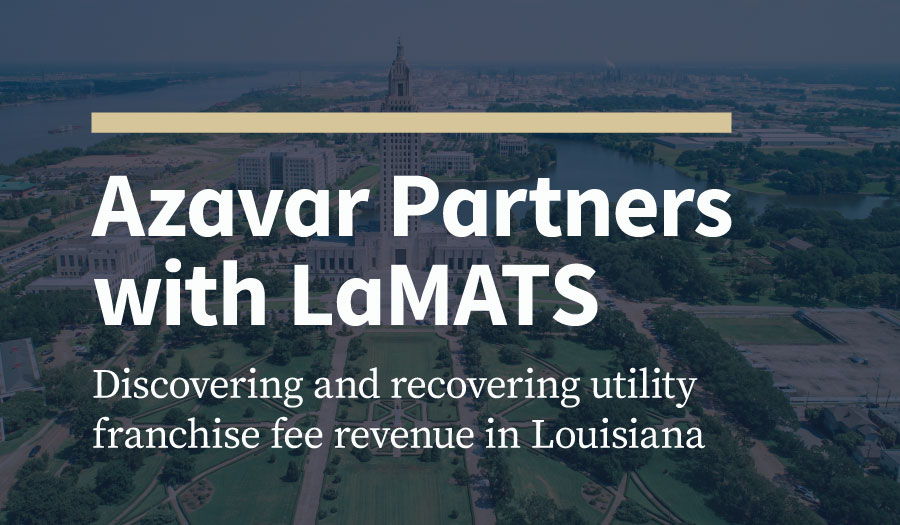What local leaders are thinking about—and what they should consider
ARP is sprinkling communities across America with much-needed federal funds—$58 billion, in fact. For many small-to-mid-size communities, these dollars are key to getting back on track, as well as planning for the future.
But local leaders like you want to do it right. Let’s take a look at some of these key concerns:
- Meeting the Treasury’s regulations.
- Reporting requirements.
- Setting up internal policies & procedures to adhere to ARPA regulations.
- Setting up a data control system.
- Engaging communities on ARP priorities.
Meeting the Treasury's Regulations
These funds are meant to be spent across four broad categories: public health and economic impact, premium pay for essential staff, lost revenue, and infrastructure investments.
However, not just any project qualifies. These funds must be spent on projects according to the Treasury's Interim Final Rule in response to the pandemic, economic disruption, or due to the ripple effects of the pandemic. Eligible uses in this category must be in response to the disease itself or the harmful consequences of the economic disruptions resulting from or exacerbated by the COVID-19 public health emergency.
Deciding what projects are eligible
Because these funds must go to improving COVID-related consequences, so not all infrastructure or public-health projects are covered.
Here's an example of an eligible infrastructure project: A community with ongoing flooding and residential sewer backup issues wants to use ARP funds to improve wastewater architecture and monitoring technology. During the pandemic, monitoring these issues was not compatible with personal-safety needs. This municipality wants to fund a SCADA control system for its wastewater system to facilitate real-time, remote monitoring of including key plants, sewer lift stations, and other pump stations.
Finding the staff time and resources to manage the requirements
So many local governments laid off staff or deferred hiring during. With a tighter headcount, there simply are not in-house resources to manage complex timelines, set up a data-control system, and collect the documentation required for ARP reporting—and in case you get audited a few years down the road, you’ll need your paperwork in check.
Taking a close look at tax and fee revenue
ARP funds can go toward lost revenue due to the pandemic, but it’s likely your community was losing out on revenue long before COVID hit. Frequently, miscoded addresses mean that taxes or fees are paid to other municipalities—or not at all—instead of to your community. A thorough compliance audit program helps ID these issues, but that’s another ask of your already overworked staff.
Engaging our community on ARP priorities is difficult
Local-government leaders know how difficult it can be to attain a representative sample of community input, particularly from underserved or historically disenfranchised populations. Check out some high-tech, low-tech, and no-tech community-engagement strategies from the National League of Cities.
Now available: Resources for restoring your community’s fiscal future
Local governments need help managing ARP funds
Whenever there’s a natural disaster or other crisis resulting in an influx of federal dollars into a municipality, many firms tout their services as critical for helping local governments steward aid, whether through FEMA, CARES, or ARP allocations.
But not all providers are equal.
Consider these factors when choosing a vendor for help in direction emergency aid:
- Prior experience: Ask your potential partner for references from previous clients and make sure they have a provable track record of success with different types of municipalities.
- Knowledgable staff from a variety of backgrounds: Look for a well-rounded vendor that offers a range of capabilities, such as compliance audit services, end-to-end grant management, local-government knowledge, community-engagement strategies, and more.
- Clear explanation about fees and recoupable costs: Many grant-management programs will cover professional-services costs for consultants. In fact, the most recent federal programs will cover up to 75% of costs. And when it comes to compliance auditing, look for a vendor that will work on a contingency basis, requiring no up-front fees.
Azavar offers the Community Resilience Initiative
We are excited to introduce a program to support local governments during this complex time. The Community Resilience Initiative aids local leaders in stewarding emergency funds as well as providing a holistic look at incoming revenue. Through this multi-pronged approach, communities can recover from the recent crisis and work together toward a healthy, stable recovery.
Here’s what the Community Resilience Initiative includes:
- Expert consultation from former local-government leaders in how to select and develop eligible projects.
- Financial analysis that helps determine needs and costs.
End-to-end grant management to meet reporting requirements. - Revenue-review specialists to identify lost monies owed to your municipality and reclaim those funds.
- Peace of mind knowing that a seasoned partner is helping you direct funds for the benefit of all of your community.
Learn more about Azavar’s Community Resilience Initiative today and schedule a complimentary consultation.
We want to hear how we can help your community thrive after a crisis through smart spending and planning.








